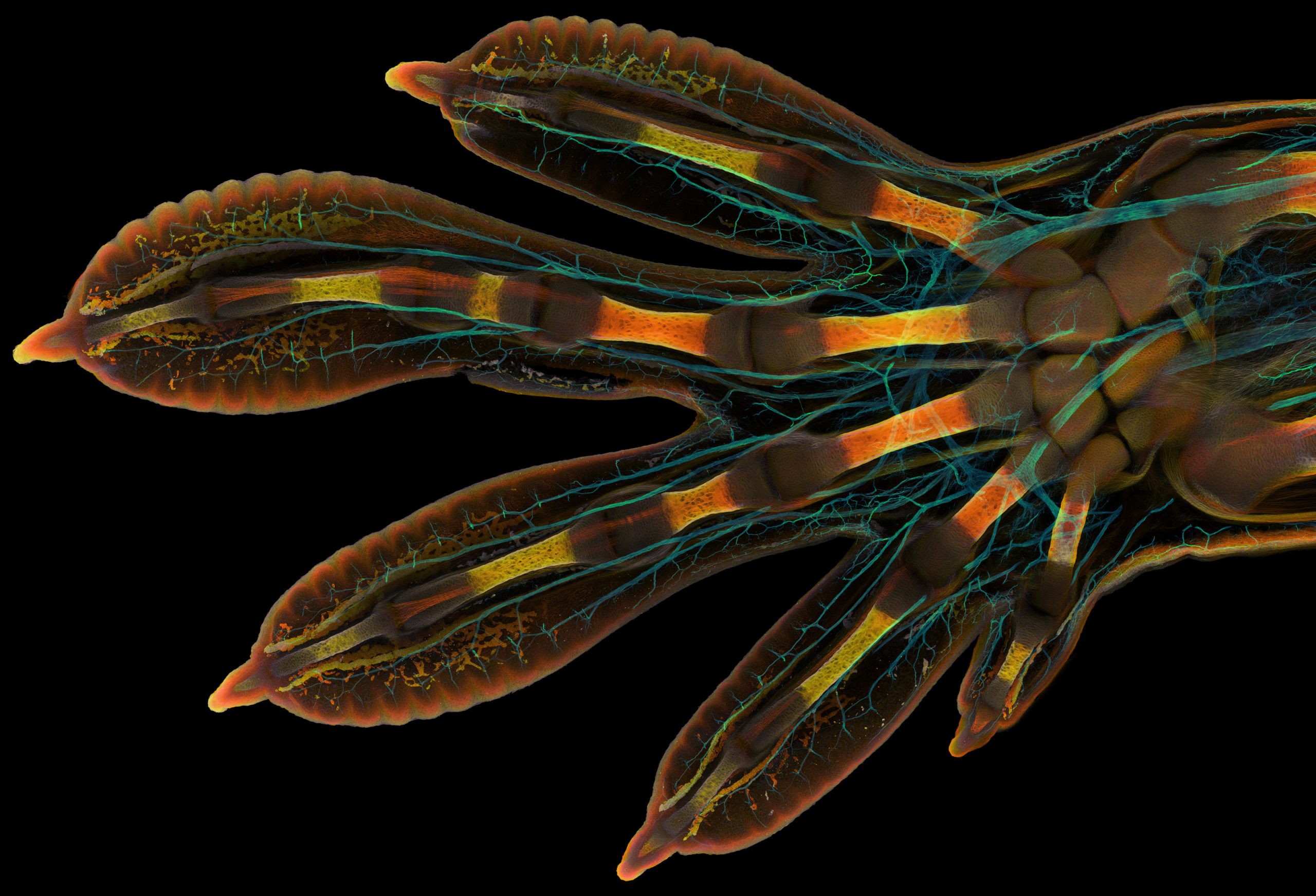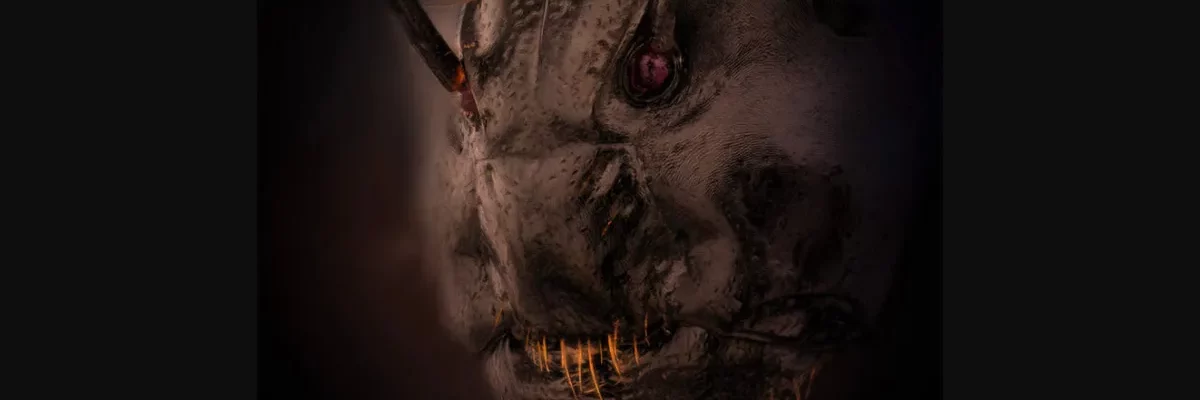Source: Nikon Small World Photomicrography Competition.
A Nikon photography contest has produced a disturbing closeup of an ant’s face that some are calling demonic.
Nikon’s Small World Photomicrography Competition is one of the world’s leading contests that shows the magic of microscopic photography.
This year there were an array of ‘small world’ photos that captured the attention of people but it was one photo that was awarded Images of Distinction that has really intrigued viewers.
Taken by Dr Eugenijus Kavaliauskas, a professional macro photographer from Lithuania, the image entitled Ant (Camponotus) was captured by using a reflected light technique and taken at a 5X (Objective Lens Magnification).
Kavaliauskas spoke to Insider and detailed that he wanted to take a picture of an ant from a different perspective.
“I’m always looking for details, shadows, and unseen corners. The main goal of photography is to be a discoverer. I am fascinated by the Creator’s masterpieces and the opportunity to see God’s designs,” he said.
When asked if he was shocked at how frightening the ant’s face was, he said that he wasn’t, mostly part to having taken many photos similar to the ant.
“When I first started with microphotography, I, too, thought all beetles looked a little like monsters,” he said.
“But now, I’ve gotten used to it, and am surprised that there are so many interesting, beautiful, and unknown miracles under our feet.”

While Ant was definitely a stand out of the competition, the top prize went to Grigorii Timin and Dr Michel Milinkovitch from the University of Geneva.
They captured an image entitled Embryonic hand of a Madagascar giant day gecko (Phelsuma grandis) which depicts- as described- the hand of an embryonic gecko.
“This embryonic hand is about 3 mm (0.12 in) in length, which is a huge sample for high-resolution microscopy,” said Timin.
“The scan consists of 300 tiles, each containing about 250 optical sections, resulting in more than two days of acquisition and approximately 200 GB of data.
“This particular image is beautiful and informative, as an overview and also when you magnify it in a certain region, shedding light on how the structures are organized on a cellular level.





